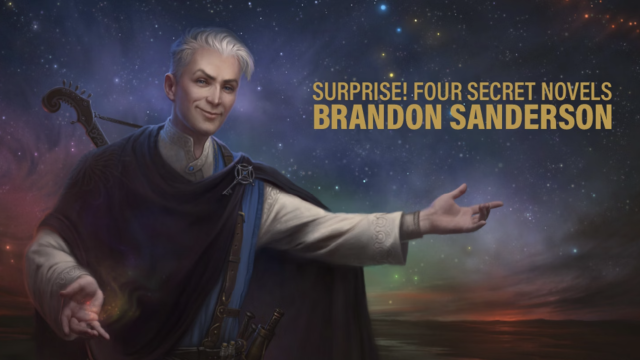One month ago Brandon Sanderson revealed that he had written four novels over the past two years, and he was Kickstarting their publication. Now, a week after the end of the crowdfunding campaign, we can definitively say that Sanderson’s project has not only become the most-funded Kickstarter ever at $US41 ($57) million pledged, but stands far and away from the competition, having doubled the platform’s last previous record.
Kickstarter and crowdfunding have proved their importance for independent creators, but Sanderson’s success should not be taken as ushering in a new standard for publishing. While many established companies are using crowdfunding platforms as a way to market-test their products without committing to them, or are using the platform as an incentivized preorder program, other creators are not set up for success the same way that well-known outlets like — to name one example — Boom Studios is.
Ultimately Sanderson succeeded because he has millions of fans. He has worked hard, he has produced great work consistently, and he is an approachable, and by all accounts, humble and delightful man. However, it is important to remember that he is not an overnight success. He has spent two decades networking, working hard, writing epics, and during that time, he has had other people take risks on him. Everyone was a novice once, even Sanderson, and traditional publishing took a chance on his work. It paid off, for a variety of reasons, but it was still a risk. Art needs risk. Publishing needs risk.
Self-publishing is a viable option for some writers, but it requires a lot of work beyond just writing a book and putting it up on Kindle Direct. There are a number of boxes you need to check in order to be a successful self-pubbed author; you need a backlog of work for a steady income stream, good cover art, a social media presence, and a marketing budget. It’s not simple, it’s not easy, and the people who are successful spend time and invest their own money in the process. Most of this is true even when self-publishing via a crowdfunding platform, like Kickstarter.
I’m of the opinion that people should pursue the publishing journey that’s right for them, whether that’s self-publishing, crowdfunding, or traditional publishing. But some self-publishing shouldn’t be considered a viable option for everyone, and we shouldn’t act like Sanderson’s success is going to trickle down to other people.
Instead, I believe that we should encourage traditional publishing to continue taking risks on books and authors. Publishing is an industry that is experiencing an upswing, even among concerns that print is, universally speaking, dead. I hope that Sanderson’s (well deserved) Kickstarter success does not become the blueprint for publishing, but merely another option for those who have the reach and fanbase to succeed.
For the rest of us, I hope that traditional publishing will continue to take risks, support new marginalised voices, and re-invest in the mid-list author in order to create a sustainable publishing ecosystem for authors.
